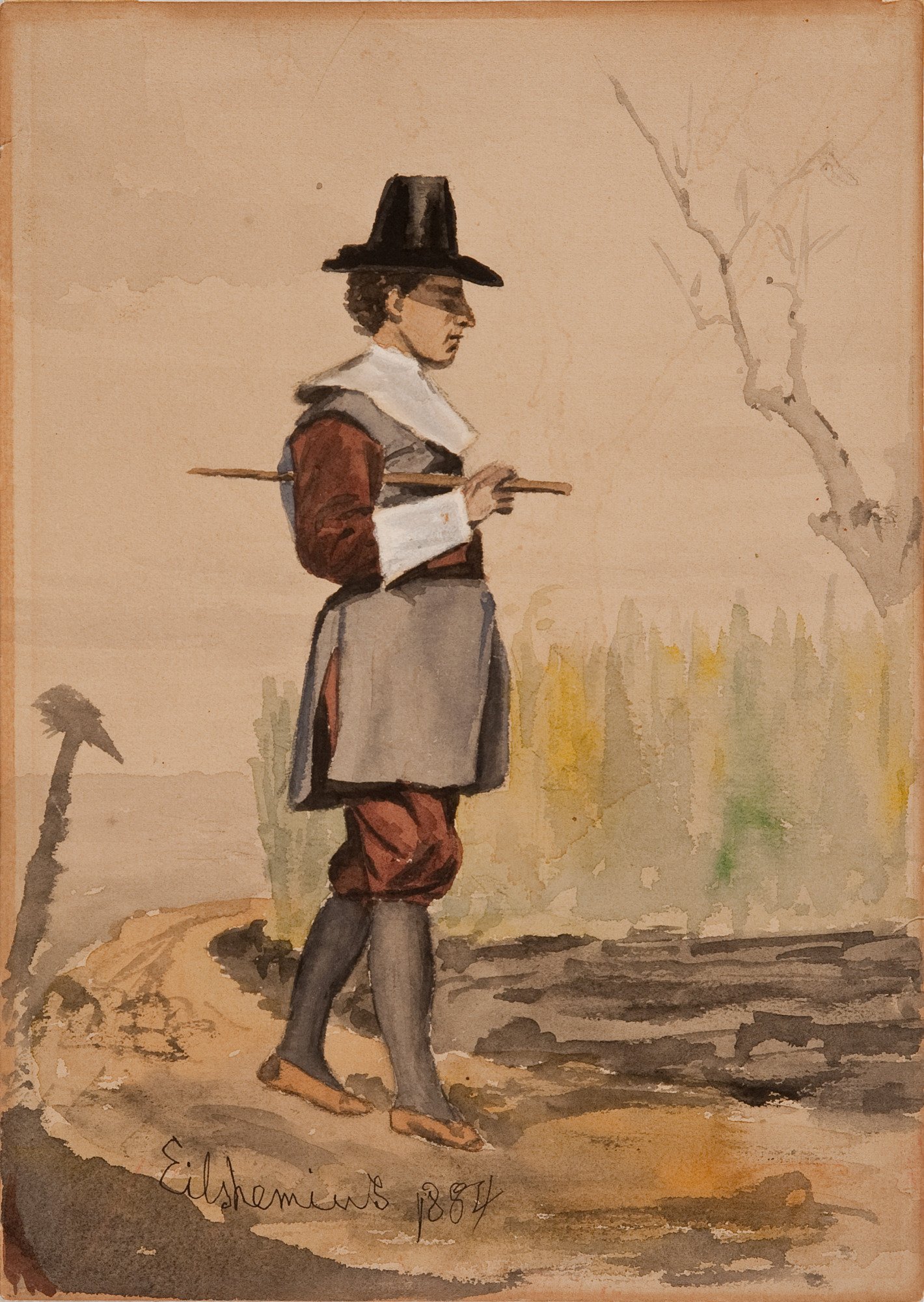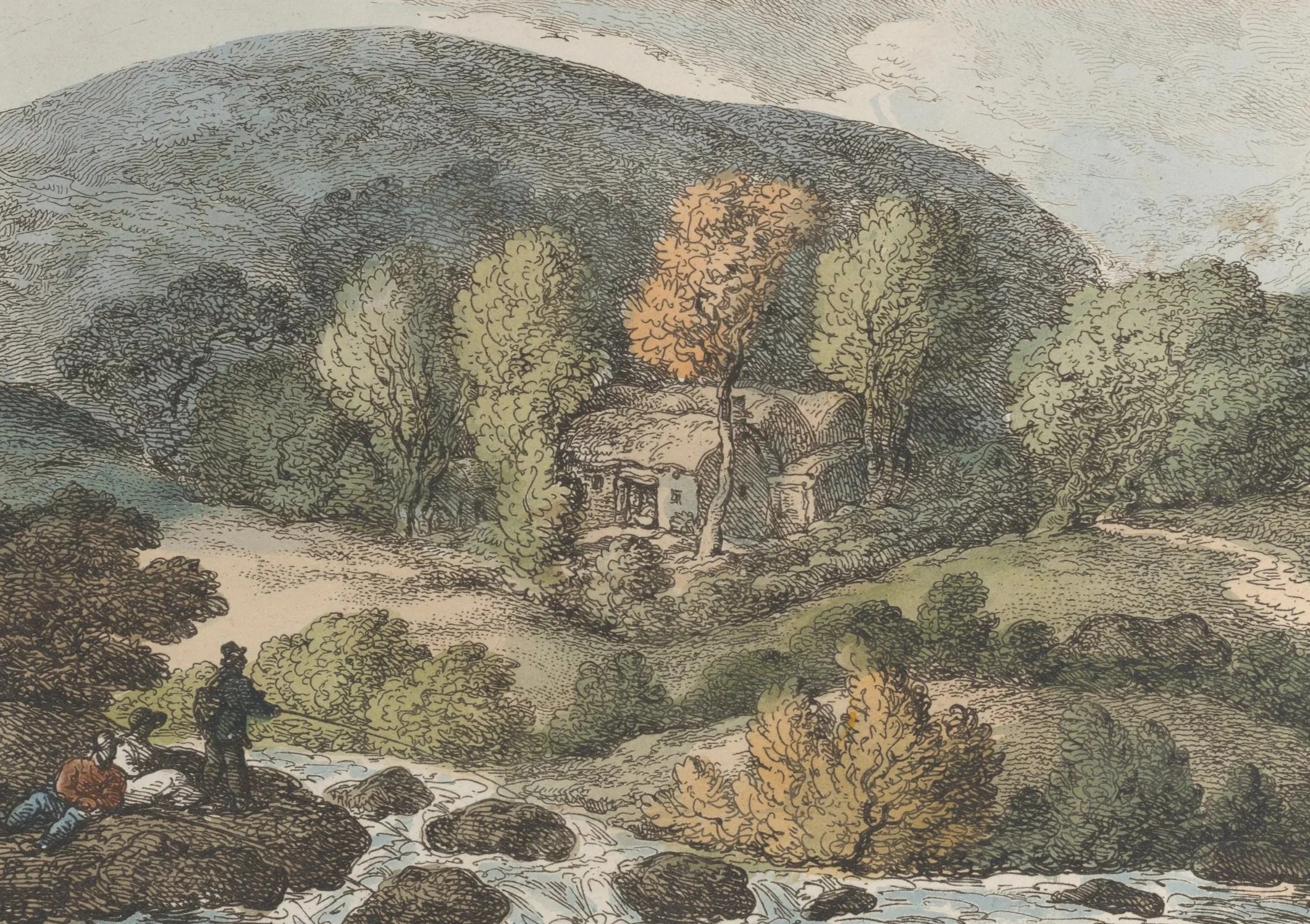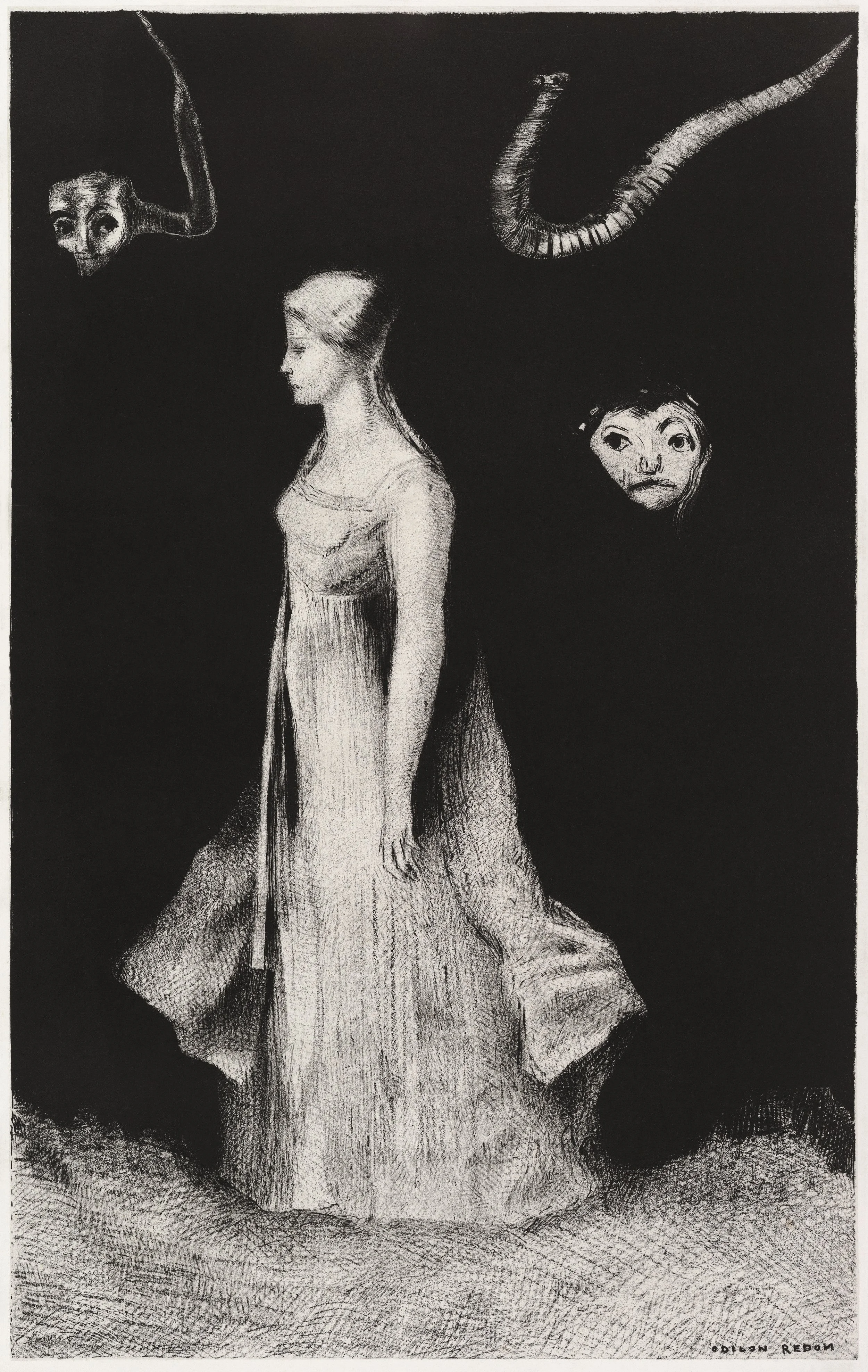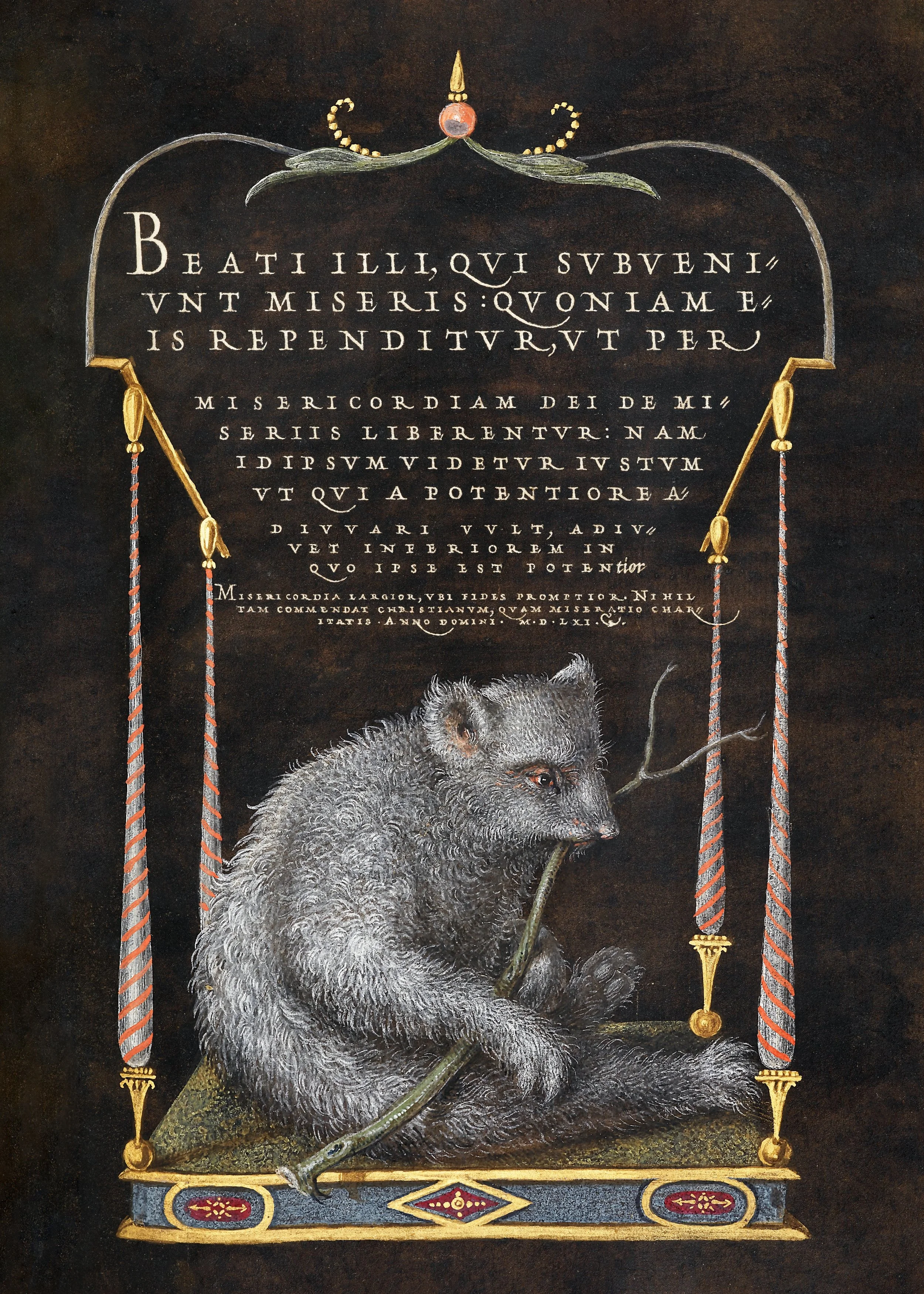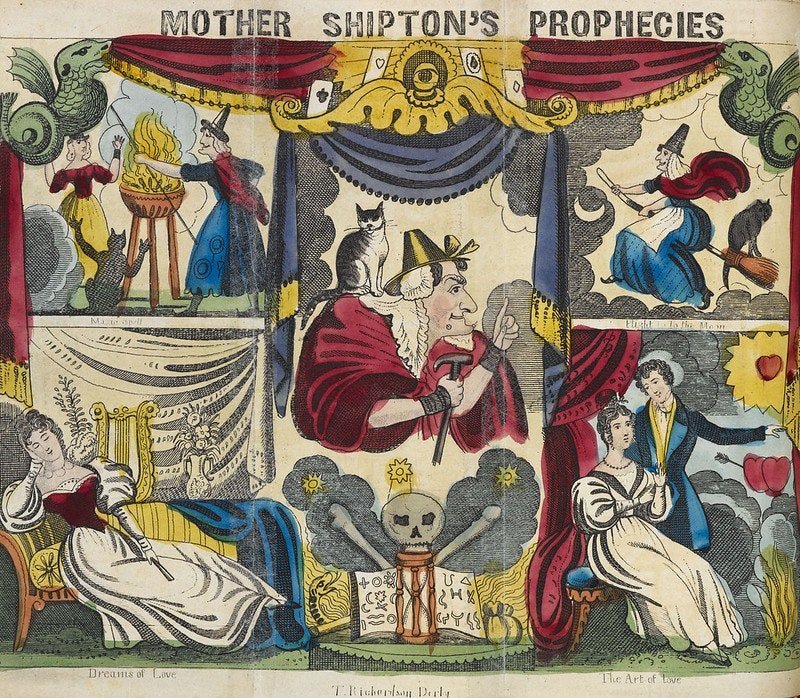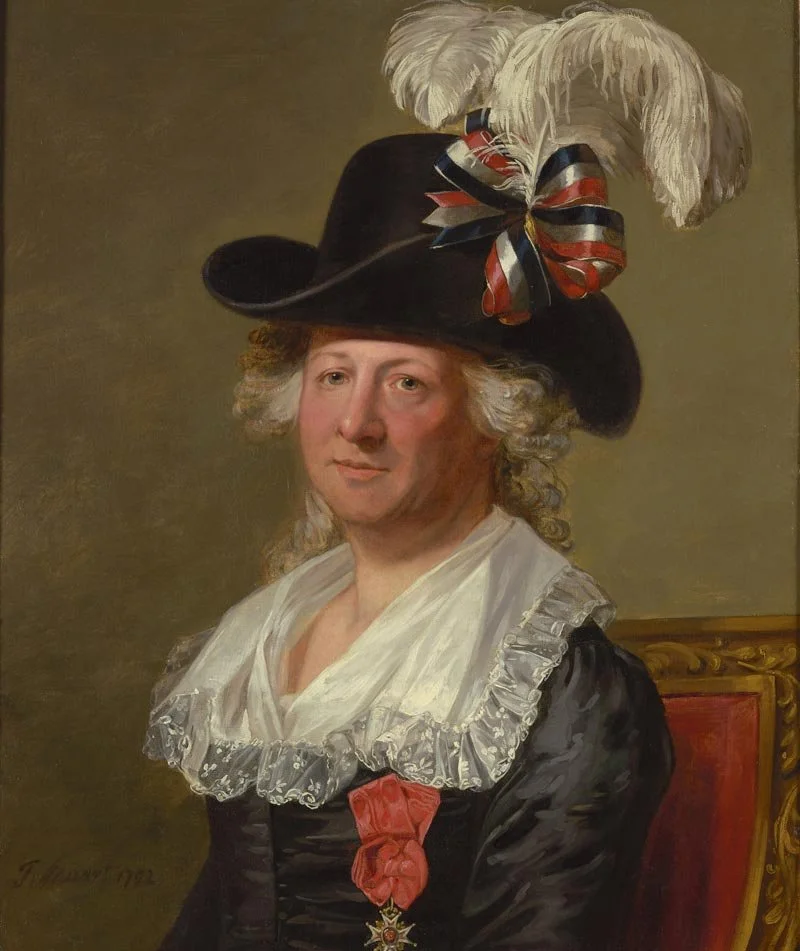
History
The Princess Sophia and Mary
Amid the vaulted hush of Henry VII’s Chapel, Kingsley traces the melancholy pageantry surrounding the short lives of Princesses Sophia and Mary—infants embalmed in velvet, marble, and state ambition. Their lavish cradles and somber tombs reflect not just dynastic fragility, but the uneasy transition from Tudor vigor to Stuart excess.
The Wampanoags in the Seventeenth Century
Martin’s account confronts the mythic haze surrounding early colonial encounters, offering instead a measured, often sobering study of Wampanoag life, diplomacy, and resistance in the shadow of expanding English settlement. What emerges is not a lost people, but a reshaped nation navigating invasion with tactical grace and irrevocable cost.
The Chevalier d'Eon
The Chevalier d'Éon, featured in Famous Impostors by Bram Stoker, is portrayed as a figure whose gender ambiguity confounded courts and captivated Europe, an accomplished diplomat, soldier, and spy whose fluid identity challenged the rigid binaries of the 18th century. Stoker treats d'Éon’s life as both spectacle and mystery, emblematic of the era’s fascination with the theatrical and the unknowable.
Madame Jumel
Madame Jumel, as depicted in Superwomen by Albert Payson Terhune, is a figure of relentless ambition and social cunning, rising from obscurity to become one of the wealthiest women in America. Terhune casts her as a master of reinvention, whose marriages, fortunes, and flirtations with power reveal both the boldness and cost of a life lived on society’s edge.
The Nine Days’ Queen: Bradgate Hall and the Greys of Groby
In lush, almost mournful detail, Richard Davey reconstructs the ancestral landscape of Lady Jane Grey, where Tudor architecture, dynastic intrigue, and the melancholic ruin of Bradgate Park converge into a portrait of England at its most tragic and picturesque. Beneath the ivy and heraldry lies a meditation on inheritance, fate, and the haunted weight of noble blood.
The Extravagances of the Emperor Elagabalus
A fevered tapestry of imperial Rome at its most lavishly unhinged, The Extravagances of the Emperor Elagabalus reads like Suetonius rewritten by Huysmans, exalting in perfumed orgies, edible gold, and theatrical cruelty, all filtered through a strangely sympathetic lens. In J. Stuart Hay’s hands, the boy-emperor becomes both monstrous and magnetic: a vision of youth, decadence, and doomed grandeur that is as unsettling as it is seductively absurd.
Lives and Exploits of the Most Noted Highwaymen and Robbers: The German Princess
A shape-shifting virtuoso of invention and deceit, the so-called German Princess dazzled Restoration England with her improbable lineage, theatrical grifts, and inexhaustible appetite for reinvention. What emerges is less a criminal biography than a carnivalesque satire of gender, class, and credulity, where performance itself becomes the most profitable profession.
The Case of Anne Boleyn
Combining clinical detachment with a flair for high tragedy, MacLaurin reexamines Anne Boleyn’s fall not as a political convenience or religious melodrama, but as a case study in hysteria, sexual pathology, and royal syphilis. The result is part forensic reconstruction, part moral autopsy, where Tudor history is scalpelled open to reveal something closer to Greek theater than constitutional crisis.
Mary Queen of Scots: Extracts from her Addresses to the Commissioners
What begins as a record of courtroom defense becomes, in Mary Stuart’s own words, a final act of sovereign self-fashioning—at once wounded, regal, and devastatingly lucid. These addresses, drawn from the last days of her long captivity, reveal not only the makings of a martyr but the rhetorical precision of a woman who understood the stage upon which she was condemned to die.
Ninon de l'Enclos: Premiere Siren of Two Centuries
With florid admiration and a touch of disbelief, Terhune paints Ninon de l’Enclos as both libertine and philosopher—an ageless enchantress who outlived her lovers, defied convention, and seduced an entire intellectual century. In his telling, she is less a woman than a paradox: virtuous in wit, notorious in reputation, and ever the sovereign of her own myth.
Marie Antoinette and Count Fersen
Told in prose equal parts gossip sheet and tragic oratorio, Orr’s portrait of Marie Antoinette and Count Fersen is less a historical account than a romantic fever dream, where doomed grandeur, political inertia, and forbidden devotion converge in a Versailles already teetering toward ruin.
George Sand: Pyrotechnical Swearing and Cigars
In this bold and unflinching profile, Alfred Payson Terhune paints George Sand as a tempest of intellect, scandal, and unapologetic desire, “the world’s most prolific woman writer” and one of its most notorious lovers. With caustic wit and theatrical flair, he traces Sand’s trail of broken hearts and literary triumphs, from her cigar-smoking salon days to her ruinous romance with Chopin.


